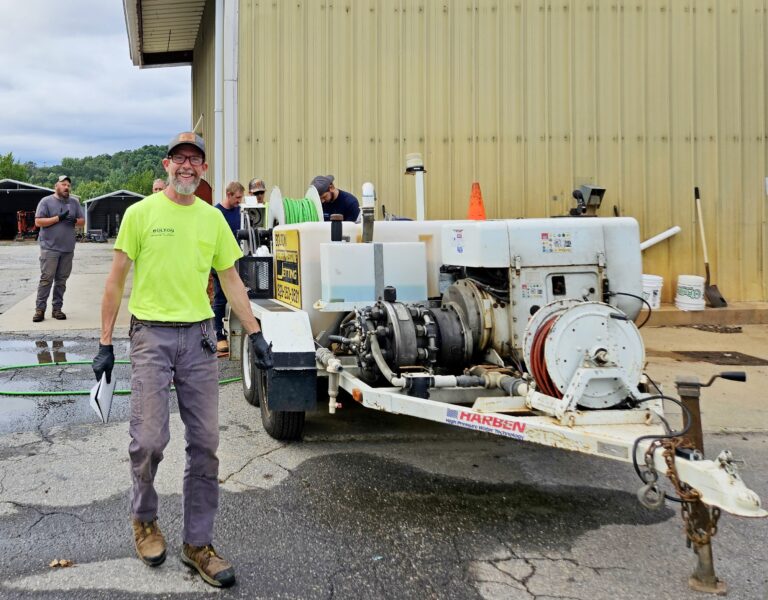Energy Star
Have you ever taken notice of how many appliances assist us in our daily lives? We start our day waking up in our easily heated and cooled houses. Prepare our meals with the help of a refrigerator, stove and for some of microwave. Go to work and type, fax, scan and copy. Return home and find entertainment by watching television. Technology completely surrounds and consumes us, so it’s no big surprise most are familiar with the square blue label that emblazoned on many products we use everyday.
History
Of the many who can identify Energy Star’s logo only few know exactly what Energy Star actually is. For those who don’t, Energy Star is a voluntary program under the U.S. Environmental Protection Agency (EPA) that identifies and promotes high energy-efficient products, resulting in the saving of money while simultaneously conserving energy.
Created in 1992 with the goal of lowering greenhouse gas emissions, it introduced it’s first labeled products, computers and monitors. In 1995 additional office equipment and residential cooling systems were added to their repertoire of devices. A partnership was formed with the U.S. Department of Energy in 1996 and have since collaborated and continued to save consumers billions. Today Energy Star not only provides products that save the population on utility bills, but also rewards them for transitioning to eco-friendly options by offering rebates for purchasing an Energy Star approved appliance.
Proposed Presidential 2018 Budget
Most recently though, Energy Star has graced our head lines once more for being one of fifty programs included in the 2018 budget, proposed by the White House, to be suspended as a cutback to the EPA among other federal departments. Should the budget be approved, as of October 1, 2017, all rebates currently offered by the program would henceforth be abolished.
Why It Matters
Should the Energy Star program cease to exist many installation services provided by Bolton, such as Energy Star compliant refrigerators with ice-makers, qualifying generators and/or HVAC units would no longer be eligible for the rebates that are presently granted by Energy Star’s curriculum. Even your house could be designated as an Energy Star Certified Home.
Putting all political views aside, we have to ask ourselves – has the program been a success? Does it need taxpayer dollars in order to continue, or is the appliance manufacturing industry able to step in and administer? If so, would they continue to push for advanced technology and efficiency?
For now, we encourage you to take advantage of Energy Star rebates and trusted product certifications – while they are still available.












